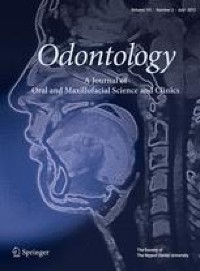Abstract
Purpose
Surgical resection of intracranial meningiomas in patients that are 80 years old and older, i.e. very old patients, is increasingly considered. Meningiomas with a largest diameter of at least 5 cm—'giant meningiomas'—form a distinct entity, and their surgical resection is considered more difficult and prone to complications. Here, we evaluated functional outcome, morbidity and mortality, and the prognostic value of tumor size in very old patients who underwent resection of giant supratentorial meningiomas.
Methods
We retrospectively reviewed clinical and radiological data, functional performance (Karnofsky Performance Score), histopathological diagnosis and complications of very old patients who underwent surgery of a supratentorial meningioma at the Helsinki University Hospital between 2010 and 2018.
Results
We identified 76 very old patients, including 28 with a giant meningioma. Patients with a giant meningioma suffered from major complications more commonly than those with a non-giant meningioma (36% vs. 17%, p = 0.06), particularly from postoperative intracranial hemorrhages (ICH). At the 1-year follow-up, functional performance and mortality rate were comparable between patients with giant meningiomas and those with non-giant meningiomas. An exceptionally high rate of giant meningiomas were diagnosed as atypical meningiomas (WHO II) at an (11 out of 28 cases).
Conclusions
Giant meningioma surgery entails a high complication rate in frail, very old patients. The prevention of postoperative ICH in this specific patient group is of utmost importance. An atypical histopathology was notably frequent among very old patients with a giant meningioma, which should be taken into account when planning the surgical strategy.







